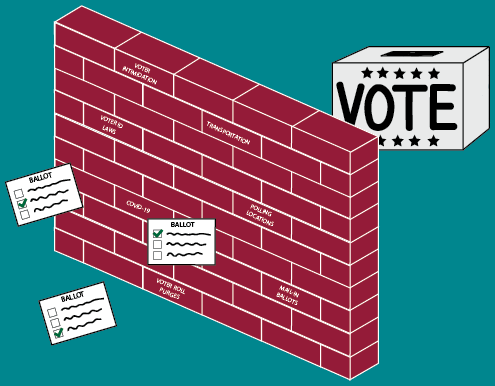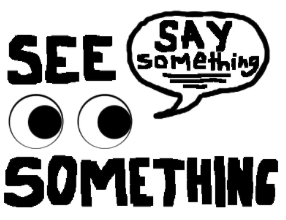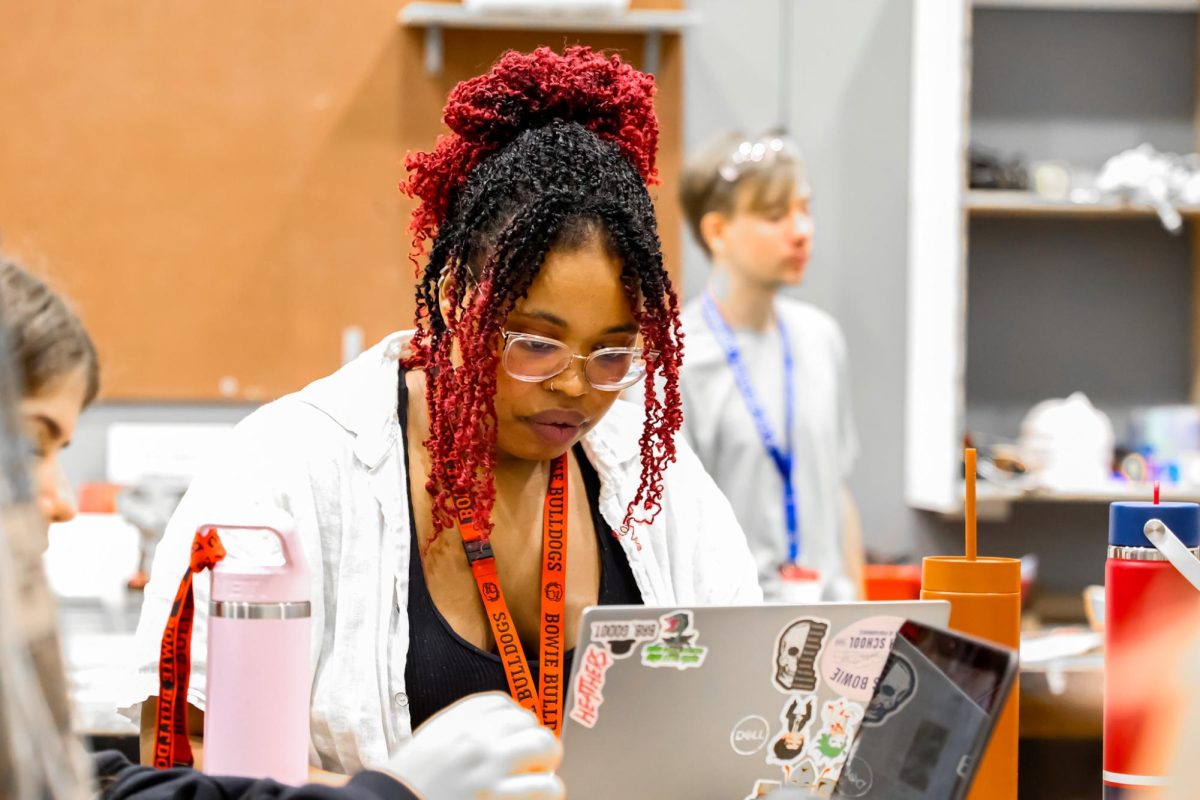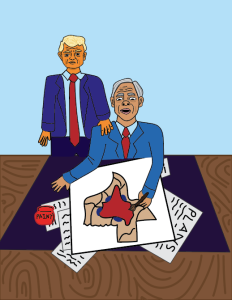Voting equality leads to social justice
Voter suppression limits voting accessibility and harms historically marginalized groups
February 3, 2021
In wake of the 2020 presidential election, many new concerns have come to light about the disenfranchisement of American voters, especially in marginalized communities. While this election marked record-breaking voter turnouts, it seems that voter suppression was also a large barrier for many Americans.
Voter suppression, which has deep roots in U.S. history, harms predominantly marginalized groups and will lead to the death of democracy.
Voter ID laws are one main form of voter suppression that tends to disproportionately harm communities of color and lower-income communities. In the 2020 election, 35 states required some form of voter ID, most often a state-issued photo ID or some other form of identification. While these required identifications are presented as “protections” against “voter fraud,” it instead created obstacles for many individuals.
Obtaining a photo ID usually costs money, either to purchase the ID itself or to obtain copies of identification documents (like a birth certificate). Obtaining an ID requires time to schedule an appointment to apply, which can be difficult for low-wage workers who can’t take time off during the day. These financial and time barriers can keep many lower-income communities from voting.
In addition to lower-income communities, voter ID laws also create problems for other groups. For LGBTQIA+ individuals, there are a lot of difficulties one can face if their photo ID does not match their gender identity or name. It has been estimated that for people who want to update their gender or name on government documents, it could cost them anywhere from $8 to $358. This is a costly price to pay to protect one’s right to vote, and further highlights the discrimination of these voter ID laws.
Another form of voter suppression is the restriction of voting methods. One voting method that has been limited is the ability for voters of color to vote in-person. Studies have shown that people in predominantly black neighborhoods on average wait longer to vote than in white neighborhoods. And even at these polling sites, a lack of linguistic support can cause voting to be a much more difficult task. Many restrictions can keep a ballot from being printed in a person’s native language, and often there are few translators to help mend these situations.
Another problem area, especially in 2020, is with mail-in voting. A study published in the Washington Post showed that on average, black voters were more likely to have their mail-in ballots rejected in each county. Mail-in ballots are also more likely to be rejected for new or first-time voters as well. Though the cause of this is debated, it is obvious that there are some inherent biases in who gets their vote counted, and these biases always skew in favor of non-marginalized groups. These barriers are all the more problematic, especially in the pandemic, when COVID-19 has caused a surge in the amount of mail-in votes.
Voter roll purges are one of the largest causes of the disenfranchisement of voters. Various state legislatures have been removing Americans off polling lists for various reasons, whether it be because they died, moved, didn’t vote within the last few elections, and many more reasons.
However, these voter roll purges often have large margins of error, and those margins often affect voters of color the most. For example, Kansas’s crosscheck program, which aims to identify any cases of double voting and purge those voters, ended up being wrong over 99% of the time. Further, the program had been shown to have large amounts of racial bias, and flag voters of color most often.
There are many more cases like this all across the country where voters of color are targeted and disenfranchised.
These voter suppression tactics are not new. Voter suppression that aims to disenfranchise people of color and other marginalized communities has existed since the beginning of the United States.
After African-American men received the right to vote under the 15th amendment, laws like Mississippi’s “grandfather clause” in 1895 only allowed descendants of people who could vote before the Civil War to vote, effectively gutting voting rights for black Americans.
To protest these racist voter suppression tactics, civil rights leaders like John Lewis, Martin Luther King Jr., and Rosa Parks marched from Selma to Montgomery, Alabama to pass the Voting Rights Act of 1965, a law that would enact government-regulated anti-discrimination oversight during elections.
Sadly, however, in the 2013 U.S. Supreme Court case Shelby County v. Holder, key provisions of the Voting Rights Act were overturned, with the pathetic justification that these discriminations were, in the words of the Chief Justice John Roberts, “no longer necessary.”
Every election since the Voting Rights Act was struck down has proven that discrimination protections are still highly crucial, and we must reinstate them. One step forward would be to pass the John Lewis Voting Rights Advancement Act, which would reauthorize the Voting Rights Act with added protections for marginalized communities.
As a nation, we have to make it easier for people to vote, not harder. Voter suppression is a serious issue that affects every aspect of America’s political success, and without every voice being accounted for we are undermining the very purpose of what a democracy stands for.









